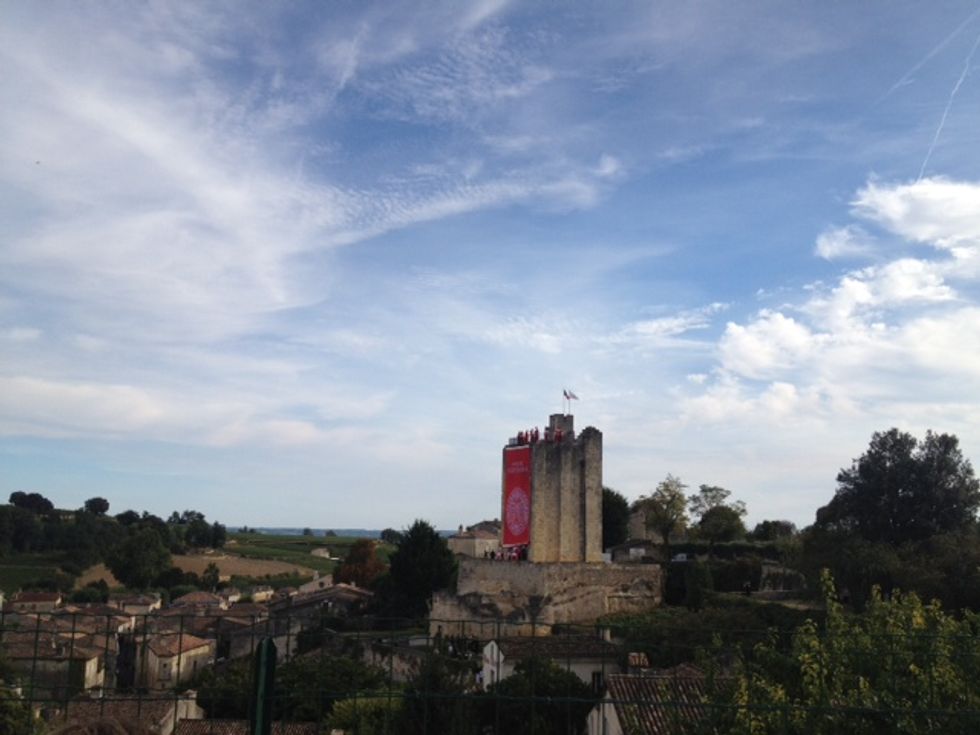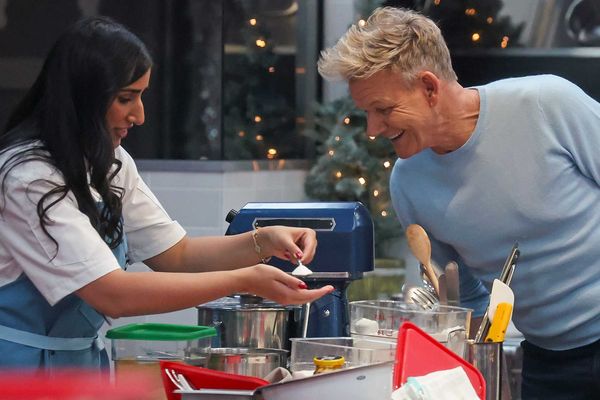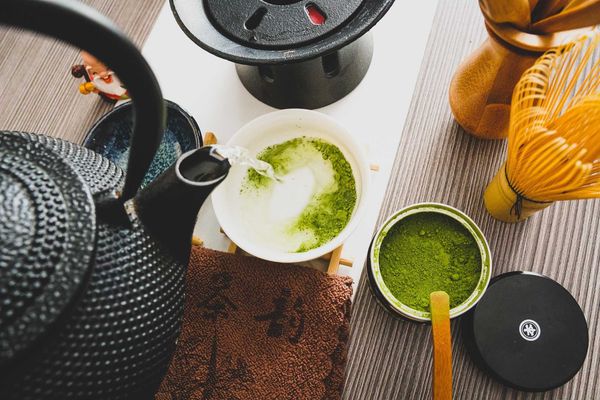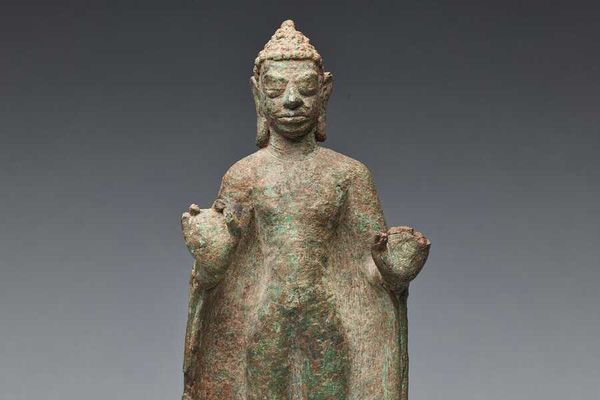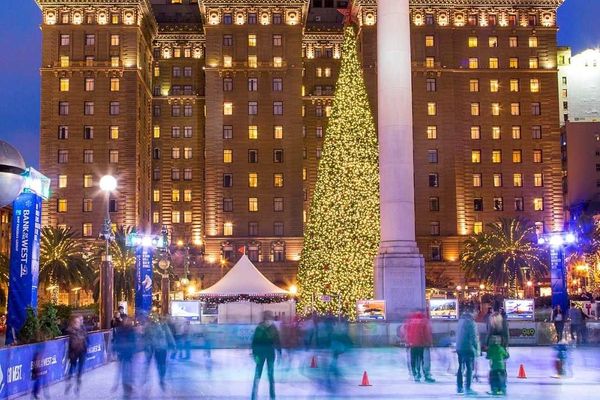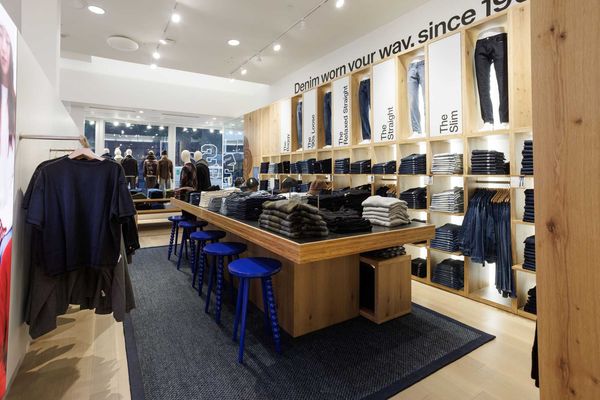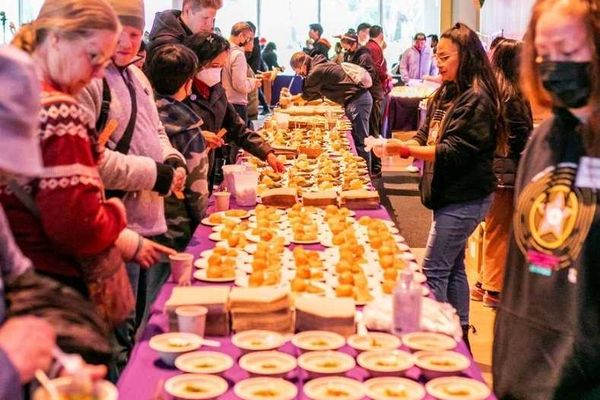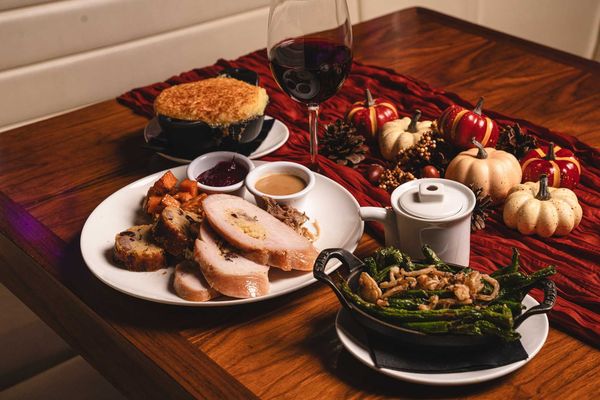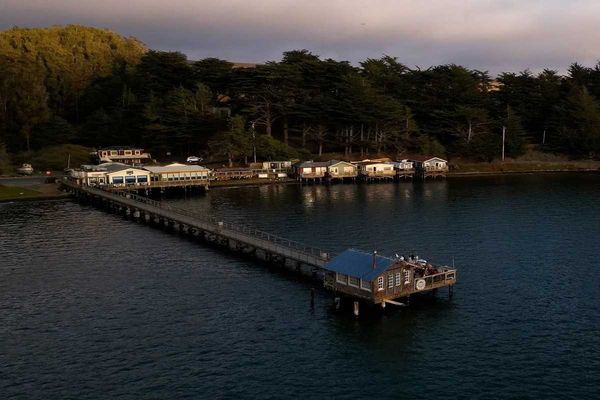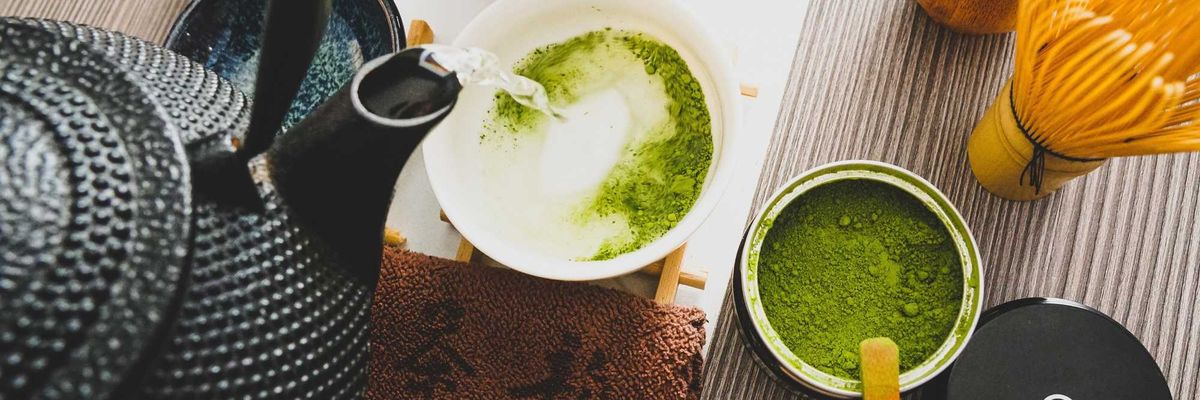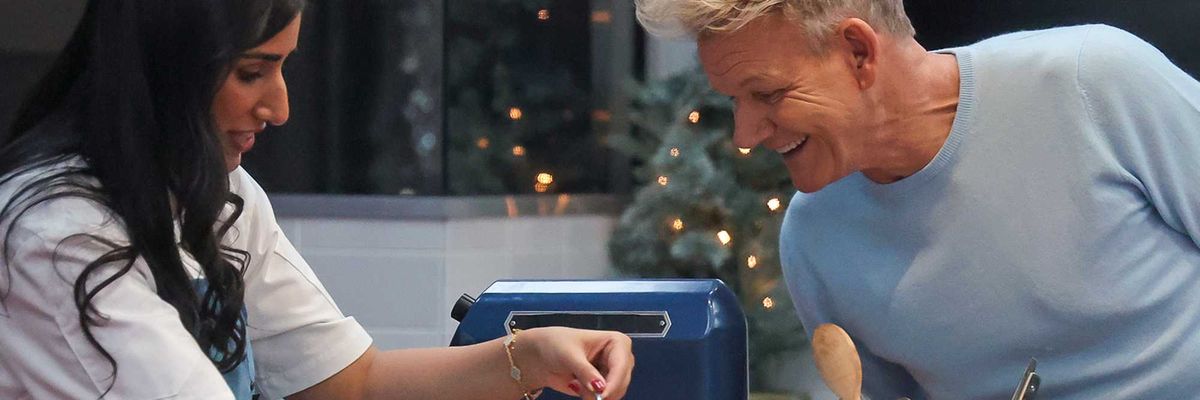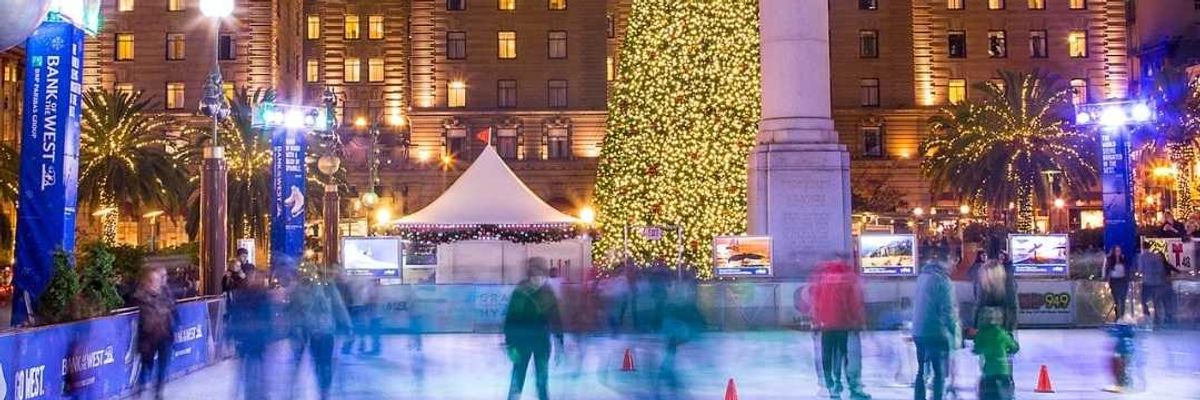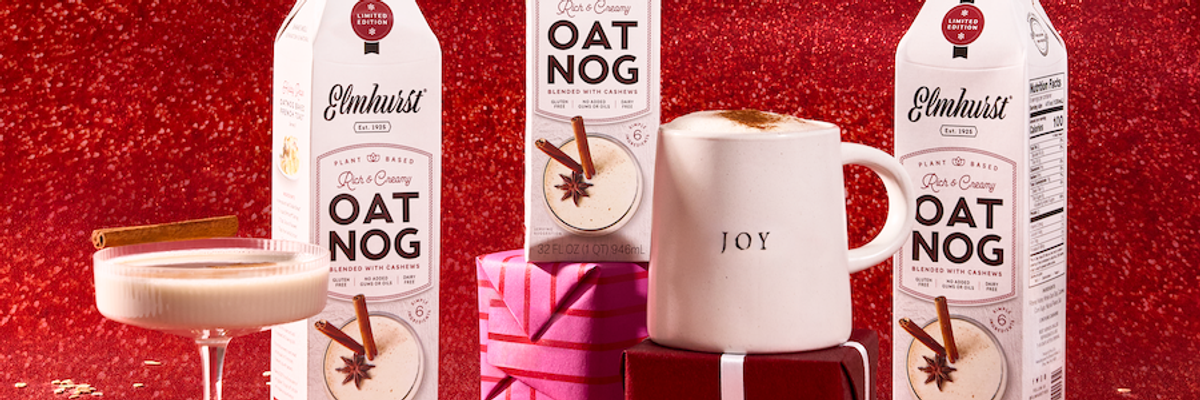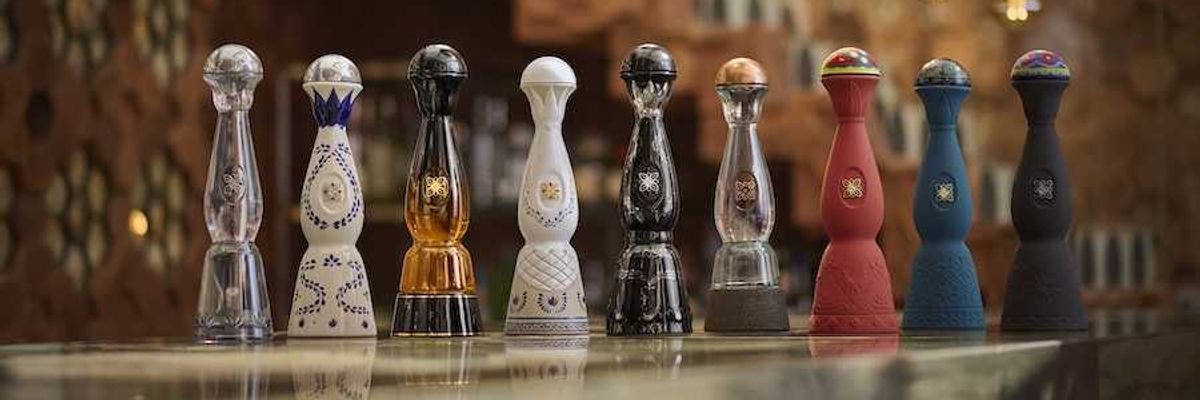In most parts of the northern hemisphere, harvest is well underway (with some fresh-drinking whites ready to be enjoyed here in California), but in the region of Saint-Emilion on the right bank of the Dordogne River in Bordeaux, harvest doesn’t begin until a group of men and women draped in red says it does.
On Sunday, September 16, after two days of ceremony and festivities (in the region, this celebration of heritage is referred to as patrimonie), that included everything from a two-hour-long mass in the town’s limestone cathedral to a fireworks display that put any Fourth of July celebration I have ever seen to shame.
The men and women of the Jurade, robed in red and carrying torches, climbed the town’s bell tower, waved their hats and wa-la, the Ban des Vendanges, or grape harvest, officially — or at least symbolically, with clusters of grape-shaped balloons floating freely —began. Of course, most vignerons don’t plan to actually begin picking their Merlot , Cabernet Franc, Sauvignon and Malbec (the only four grape varieties legally allowed to be labeled “Saint-Emilion,” with Merlot dominating most blends) until the last week of September or early October, due to a cool start to the summer.
The Jurade, as the organization is called, speaks to the 1,000-plus-year history of winegrowing in the small region of Saint-Emilion. Founded in 1199, the Jurade was historically responsible for managing the quality and authenticity of the wines; today, members (known as Jurat) continue to serve as representatives and advocates. “It is an honor and a privilege,” says Max Silvestrini, the Vice President of the Saint-Emilion Wine Council, a long-time member of the Jurade and the proprietor of Vignobles Silvestrini, who frequently travels on behalf of the region, sharing the wines with consumers and professionals. As part of Sunday’s ceremony and prior to the harvest announcement, 22 new members — all winegrowers from Saint-Emilion and its satellite appellations Pusseguin and Lussac — were inducted.
While based firmly in tradition, the Jurade, for all of its pomp and circumstance, is not about dwelling on the past. Members, who are nominated by their peers, range in age and experiences — from Benoit Trocard of Clos Dubreuil, a 14-generation winemaker, whose father and grandfather are both Jurat and who co-founded Bordeaux Oxygen (BO2), a forward-thinking organization for young Bordealis vintners, to Eric Auger, a relative newcomer to Saint-Emilion, whose modernization and renovation of Château de Môle earned him a nomination this year.
The 2012 festivities were especially exciting because the new classification (wines are reviewed and reclassified every 10 years in Saint-Emilion) was released just the week before: Sixty four estates received Grands Crus Classé status; 18 received Premiers Grands Crus Classés and four properties received the enviable distinction of being Premier Grand Cru Classé A.
Fortunately for us, there are some pretty good importers in the Bay Area and most Saint-Emilion wines on the shelves here are bound to be somewhere between enjoyable to incredible regardless of how many syllables are in their classification.



